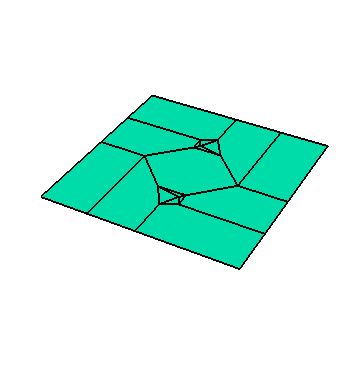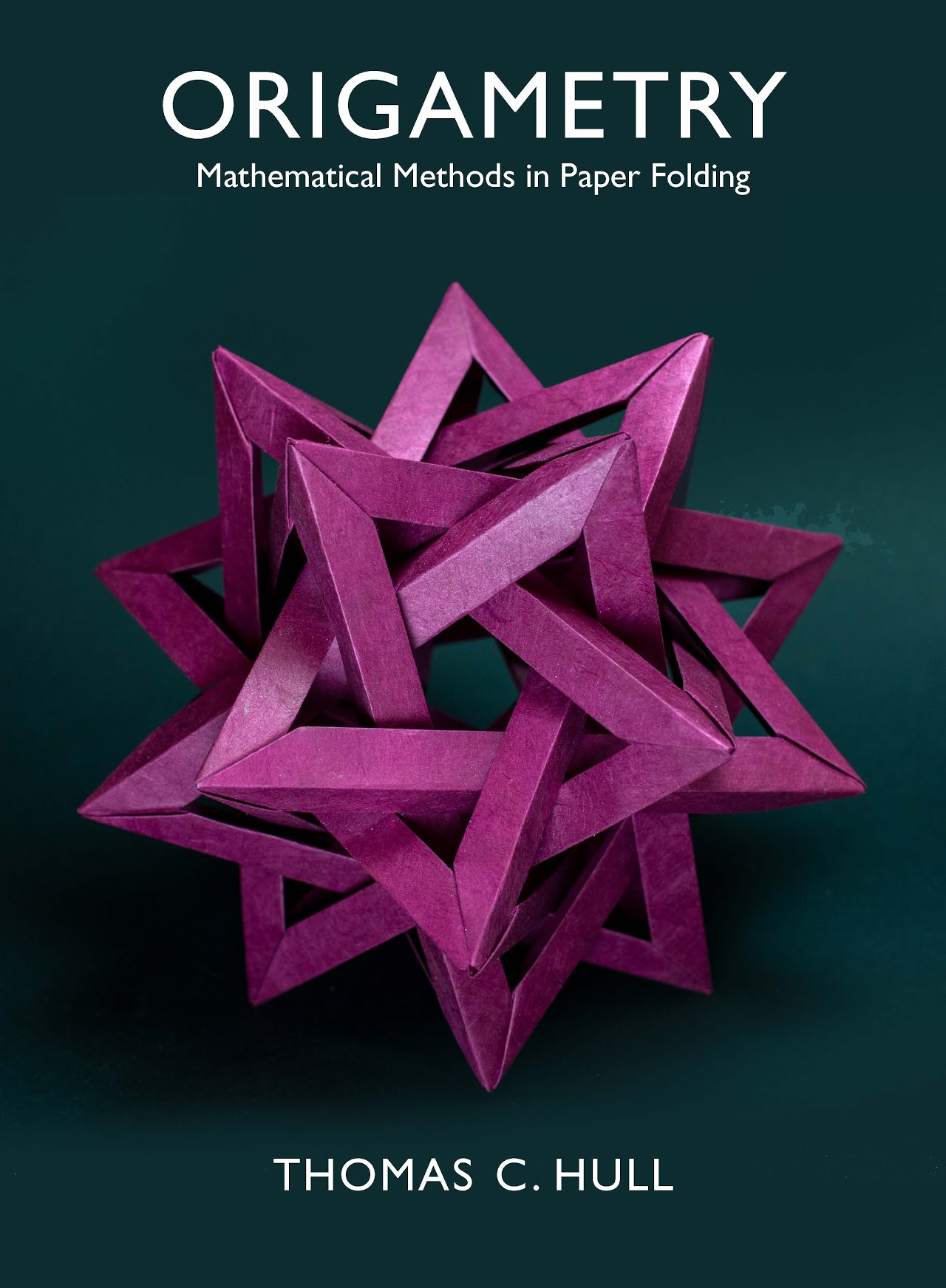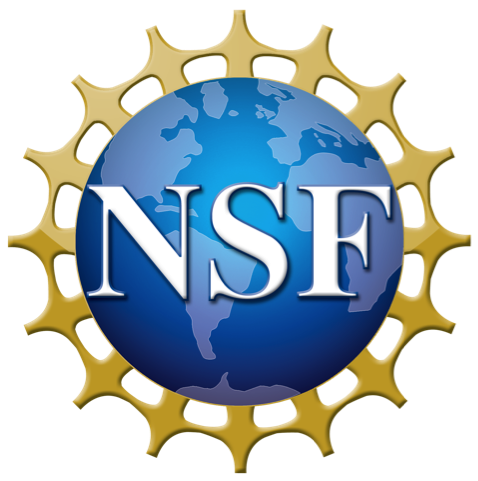

Origami is the art of folding paper. In the scientific research community, however, the word origami is being used to describe any kind of folding process. This could be strands of DNA folding inside a cell or in a lab (which can be modeled by 1-dimensional origami, like folding a string). Or it could be folding a flat solar panel array into a compact package that could be rocketed up into outer space (that would be 2-dimensional origami). Being able to design or control such folding mechanisms requires a deep understanding of how they work, and that's where the math comes in.
I am interested in all of the myriad ways in which mathematical methods can be used to understand folding processes, what I call origami mathematics. In this research I collaborate with many people. Some are mathematicians, while others are computer scientists interested in computational origami, engineers interested in folding mechanics, and physicics interested in origami applications in materials science.
On these pages you will find listings of current/past projects, collaborators, students, and funding sources for my research.
My new book, Origametry: Mathematical Methods in Paper Folding has been published by Cambridge University Press!
This book offers an introduction to the mathematics of origami. It is organized into four parts:

Work supported by NSF grants DMS-2347000, RUI: Configuration Spaces of Flexible Polyhedral Surfaces, DMS-1906202, RUI: Configuration Spaces of Rigid Origami and EFRI-1240441 Mechanical Meta-Materials from Self-Folding Polymer Sheets.
Contact: Feel free to email me at thomas.hull and then "at" and then "fandm" dot "edu".
Or vist me at my professional web page or find me at Franklin & Marshall College.
Last updated 6/14/25
